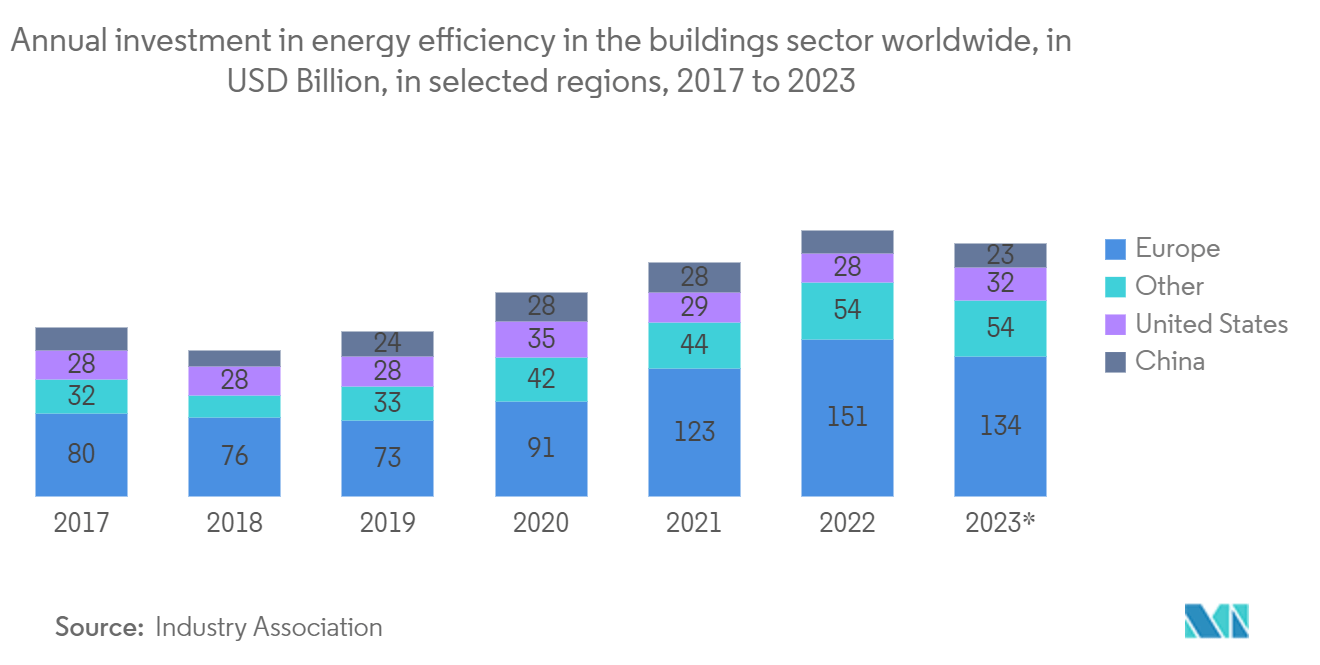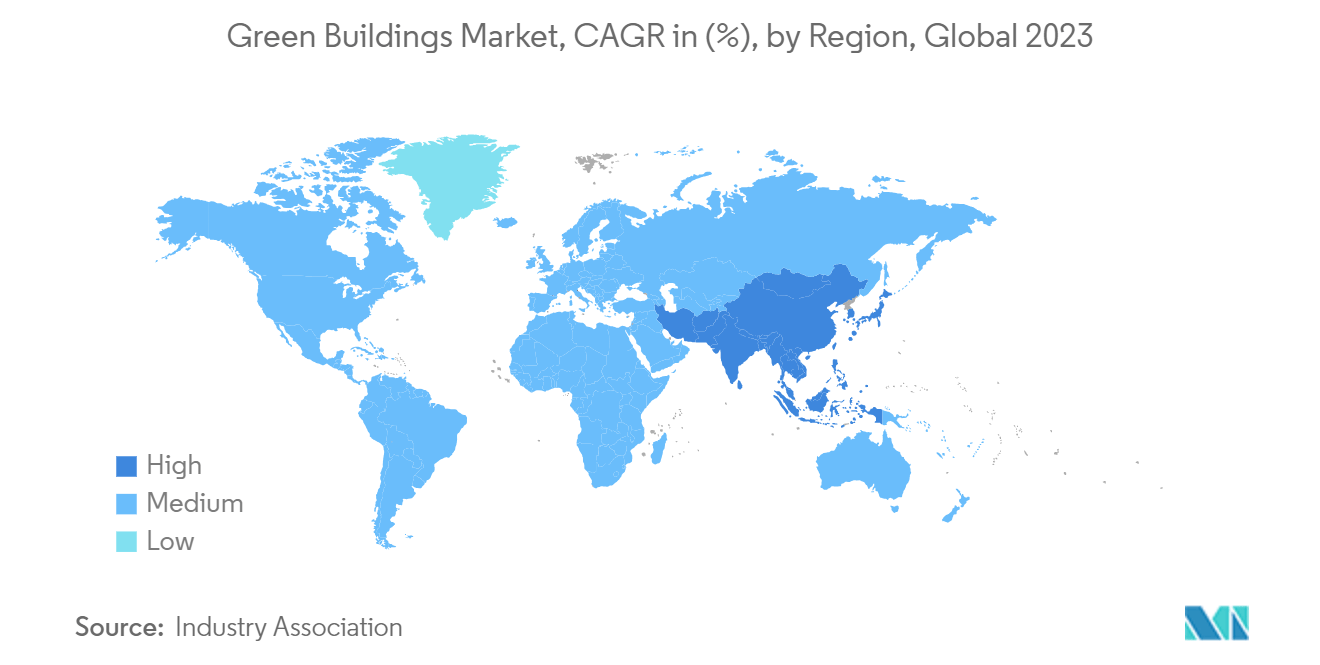Market Trends of Green Buildings Industry
Increasing investment and rise in demand for sustainable buildings in the commercial segment
Corporate demand for sustainable buildings is expected to drive office market dynamics in many global markets. Across 20 of the world’s largest office markets (New York, Paris, Singapore, etc.) in the next few years, only 34% of low-carbon demand is expected to be met, one square meter for every three square meters currently in demand.
Sustainable buildings are also changing the way occupiers view them. Green certifications have traditionally been the hallmark of sustainable buildings, and tenants are willing to pay for them. JLL’s 2023 transaction evidence shows that certified buildings are still achieving healthy rental premiums across various global office market segments, but the landscape is changing.
Tenants increasingly look for environmental performance indicators (e.g., energy intensity, electrification, etc.) in addition to green credentials. For example, JLL’s 2020 transaction evidence shows that high-quality prime office spaces in London and Paris are reaching record rental heights this year, even as the sector slows down.

Asia-Pacific is growing at a steady pace
The Asia-Pacific green buildings market is expected to grow rapidly during the forecast period. This is due to various factors, such as the increasing government support for sustainable building practices, growing concerns about climate change, and increasing awareness of the benefits of green buildings.
The Asia-Pacific region has been witnessing significant growth in the green building market. The region includes China, India, Japan, Singapore, and Australia. These countries have actively promoted sustainable building practices to address environmental concerns and encourage energy efficiency.
China, one of the region's largest economies, has made substantial efforts to promote green buildings. The government has implemented policies and regulations to encourage energy-efficient construction and has set ambitious targets for green building development. In recent years, China has seen a surge in green building projects, including eco-cities and sustainable urban development initiatives.
India, another major regional player, has also made strides in the green building sector. The Indian Green Building Council (IGBC) has been instrumental in promoting green building practices and certifying sustainable projects. Many cities in India have adopted green building codes and regulations, and there is a growing demand for green buildings in both the commercial and residential sectors.
Japan has a long history of incorporating sustainable practices in its architecture and construction industry. The country has been a leader in energy-efficient technologies and has implemented strict building standards to promote sustainability. The Japanese government has introduced various incentives and certifications to encourage green building adoption.
Singapore, known for its innovative urban planning, has been at the forefront of green building initiatives in the Asia-Pacific region. The Building and Construction Authority (BCA) has set ambitious targets for energy efficiency and sustainability, and green building certifications such as the Green Mark scheme are widely recognized.
Australia, with its vast landscapes and diverse climate, has been focusing on sustainable building practices to reduce its environmental impact. The Green Building Council of Australia (GBCA) has been instrumental in promoting green building standards, and many Australian cities have adopted green building policies and regulations.
Overall, the Asia-Pacific green building market is experiencing significant growth, driven by government initiatives, increasing environmental awareness, and the desire for energy efficiency. The region is witnessing a rise in green building projects, certifications, and sustainable urban development initiatives.
The demand for green buildings in Asia-Pacific is also expected to grow due to its rapidly growing population and rising disposable income. In 2023, Asia had a population of 4.7 billion, which is expected to reach 8.8 billion people by 2050. As a result, Asia's urbanization is expected to continue during the forecast period.


